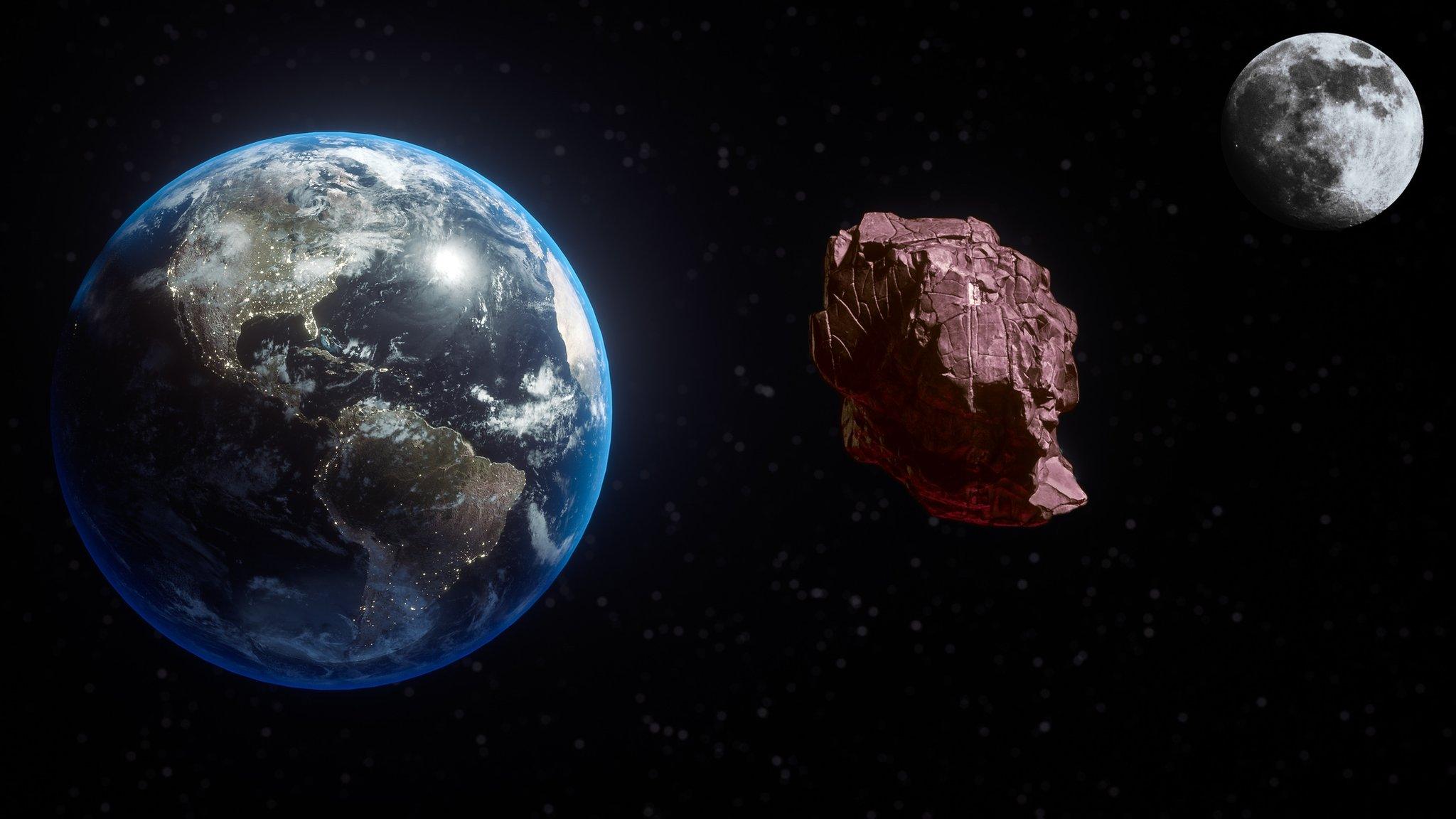Nasa: Sleeping bag could help prevent squashed eyeballs in space
- Published
- comments

Mmm, cosy!
Did you know that squashed eyeballs were a big problem for astronauts?
It sounds weird (and gross) but many astronauts come back from space with worse vision than when they left.
High pressure in zero-gravity has also lead to some astronauts struggling to read and even conduct experiments while in space.
Now Nasa is designing special sleeping bags to try and avoid it.
Basically the idea is for the bags to suck liquid from an astronaut's head down to their feet, in order to avoid eye problems developing on long missions.
Why is this happening?
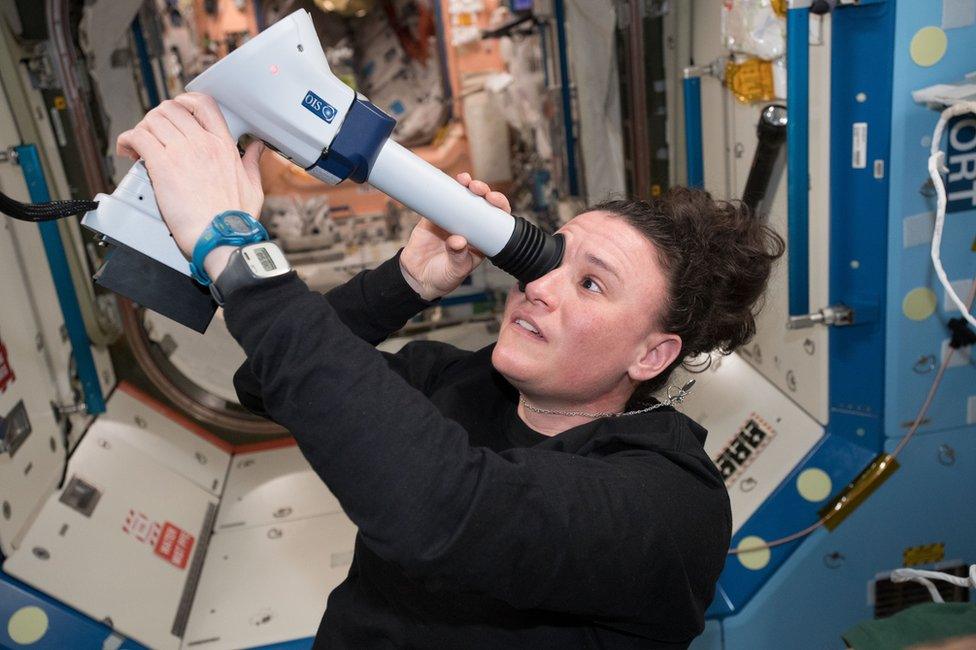
Astronaut Serena Auñón-Chancellor examines her eyes with a device called a Funduscope aboard the ISS
While space travel is something many people dream of doing, it comes with many risks, and this is one of the major ones that scientists have been battling for years now.
Eyesight problems occur because, even on Earth, fluids build up in your head when you're lying down sleeping, which increases the pressure on your eyes and brain.
However, on our planet, when we stand up, gravity pulls all this liquid down again.
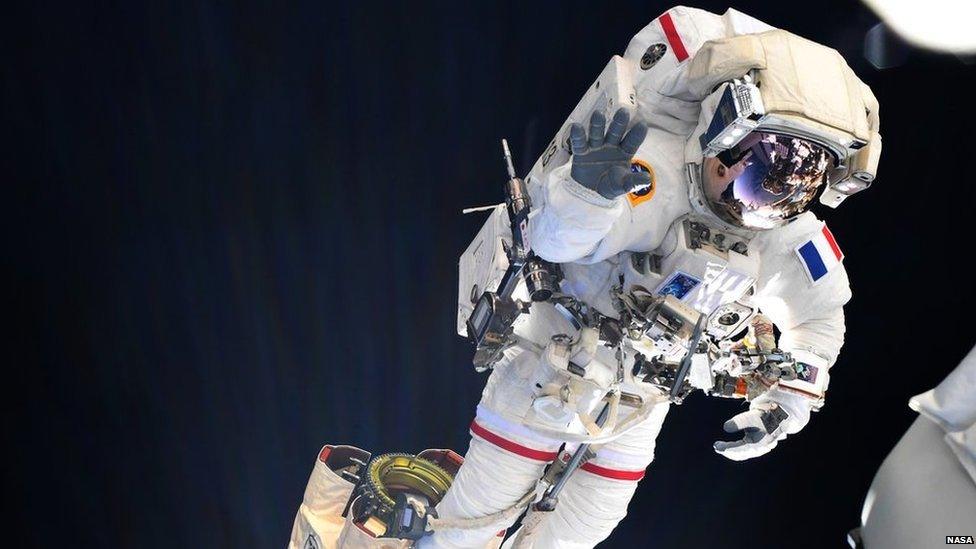
Astronauts who go to the ISS, like Thomas Pesquet here, could use the sleeping bag to help prevent problems with their eyesight in space
In space, where there isn't any gravity, those liquids stay in your head and continue to add pressure.
In some cases it's even reshaping the astronaut's eyeballs slightly, causing a condition called spaceflight-associated neuro-ocular syndrome, or SANS.
You need perfect 20/20 vision to become an astronaut currently, so this is a huge problem, especially with lots of organisations hoping to do longer trips to places like Mars in future.
How do they work?

Rovers such as Perseverance go to Mars so we can learn more about it, in order to potentially prepare for humans to go there one day
The sleeping bag works by fitting around the waist and essentially using a vacuum to pull those liquids down while the astronauts sleep.
Years of experiments have been done to test the bag. One saw a person lie down for three days straight, and using the sleeping bag at night time!
The results found that the sleeping bag helped ease the pressure build-up.
While the results of experiments with the sleeping bag have been positive so far, questions still need to be answered before it can be brought on board the International Space Station.
For example, it's not known exactly how long astronauts need to stay in the bag in order for it to work.
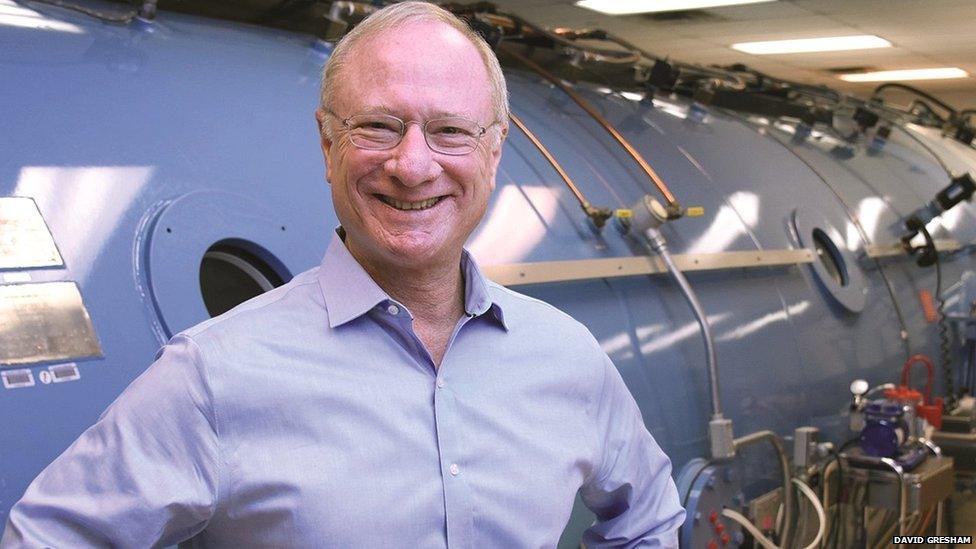
This is Dr Benjamin Levine, one of the researchers who helped develop the sleeping bag
The sleeping bags have been developed by UT Southwestern Medical Center in Texas, USA.
One of the researchers who helped develop them for Nasa, Dr Benjamin Levine, said: "It would be a disaster if astronauts had such severe impairments that they couldn't see what they're doing and it compromised the mission."
Dr Levine, who is involved in the programme, said: "This is perhaps one of the most mission-critical medical issues that has been discovered in the last decade for the space program."
He continued: "I'm thankful for the volunteers who are helping us understand, and hopefully, fix the problem."
- Published14 September 2021
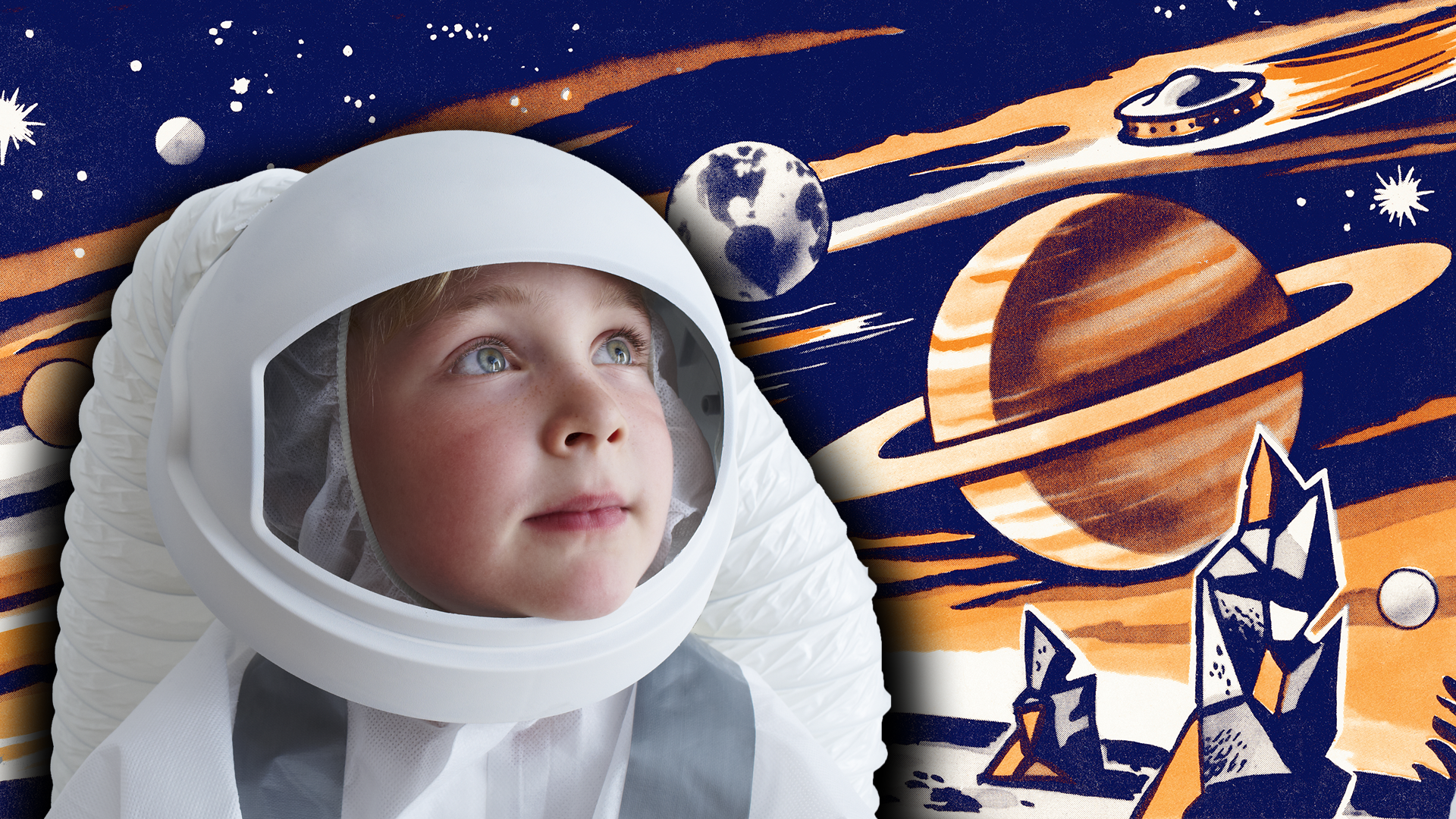
- Published11 November 2021
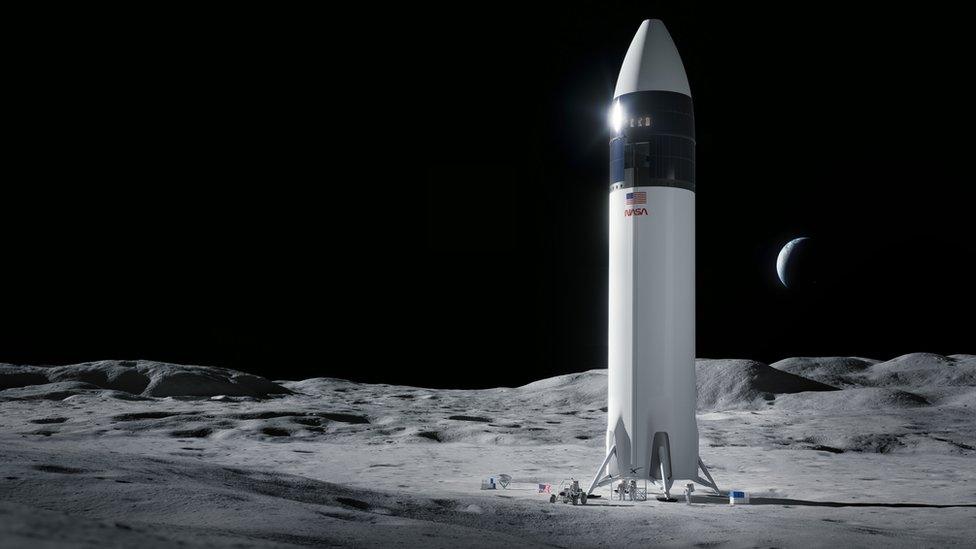
- Published13 November 2021
